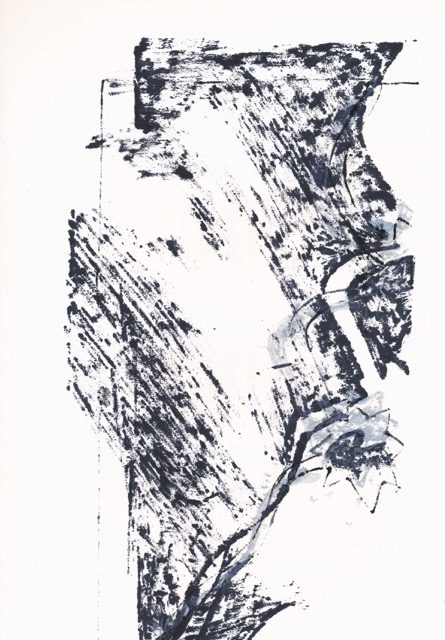Zoe Harding is a 2nd year BFA student at the Ruskin School of Art, University of Oxford. She conducted a student placement in the Programme Team at Modern Art Oxford spanning the period before, during, and after the install of Kiki Smith: I am a Wanderer. In her piece for our blog, she looks back on the experience, and presents her own work that evolved out of her immersion into the universe of Kiki Smith.
For the last six weeks, during my placement in the programme team, I have been absorbed in the world of Kiki Smith.
From the smallest of curiosities to landscapes raised from layers of threads and gold leaf, immersion was inevitable within this vast array of scales presented by Smith’s endeavour to capture the natural world’s potential. The entirety of I am a Wanderer stems from a singular source – the body. Whether it’s in the physical capacity to use a certain technique, or the scale of her experiments, Kiki Smith allows the viewer to be engulfed by her magical world exploring the extent of a bodily environment. From Smith’s gaze, imagery captures the essence of ‘the condition’– that of existing in an ecosystem, of being part of something larger than oneself.
Within a practice driven by printmaking’s ability to produce multiples, an immersive effect establishes itself through the apparition of ‘characters’, repeated across and between the mediums utilised by the artist. By offering a sense of stability for the viewer amongst the vast range of imagery and information on show, these guides embody histories that leap across surfaces unbound to a particular dimension, encapsulating the notion of a reoccurring thought.

Enabling symbolic representations to be woven into a narrative, her multidisciplinary nature seeks endlessly to transfer the viewing experience into the realm of the phenomenological. Characterised by a focus on states of transformation, the work – whether drawing, print, photography, sculpture or tapestry – depicts an image generating into another, the creation of a hybrid. It was by understanding this process that I was led to question whether the imagery in Smith’s work could become something else – a response, not from the natural environment, but that of the exhibition space cultivated through the artist.
Smith personally highlights a drive to discover – to constantly question the nature of how the image can exist and in what way it could be transformed – and it was this progressive element that I wanted to incorporate into my reflections upon the exhibition and my time spent in the galleries of Modern Art Oxford.


As my own practice resonates with themes of gathering information from environmental stimuli, I wanted to incorporate her vision – her belief that we have the most to learn from our surroundings – to see how the experience of wandering through the gallery spaces, absorbing the visual abundance, could inform and manifest itself into a pattern of experience. By deciding to focus on what I could ‘make’ from her work, I wished to extend the productive nature of her practice into a conversation with the exhibiting space. So that through initiating a dialogue concerned with the spirit of ‘being’ in the experience, responding to this exhibition doesn’t just offer an understanding of the practice of Kiki Smith but rather through her work, the viewer can wander as well.
